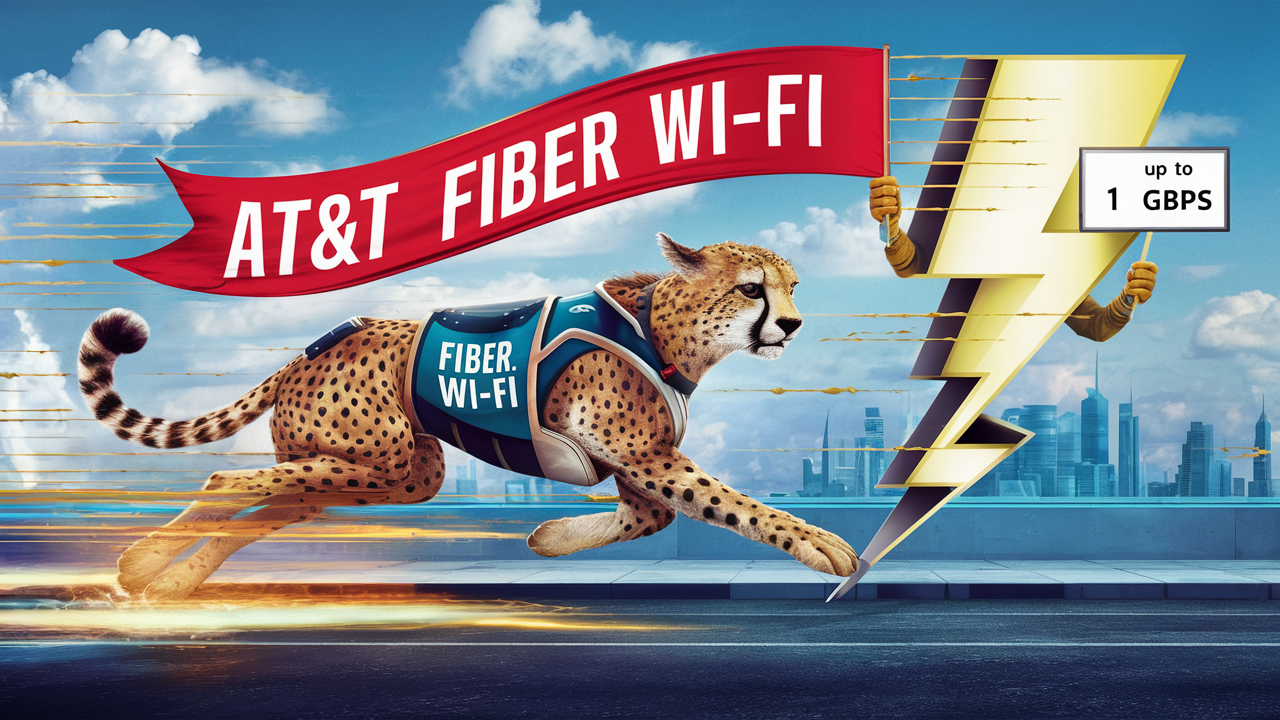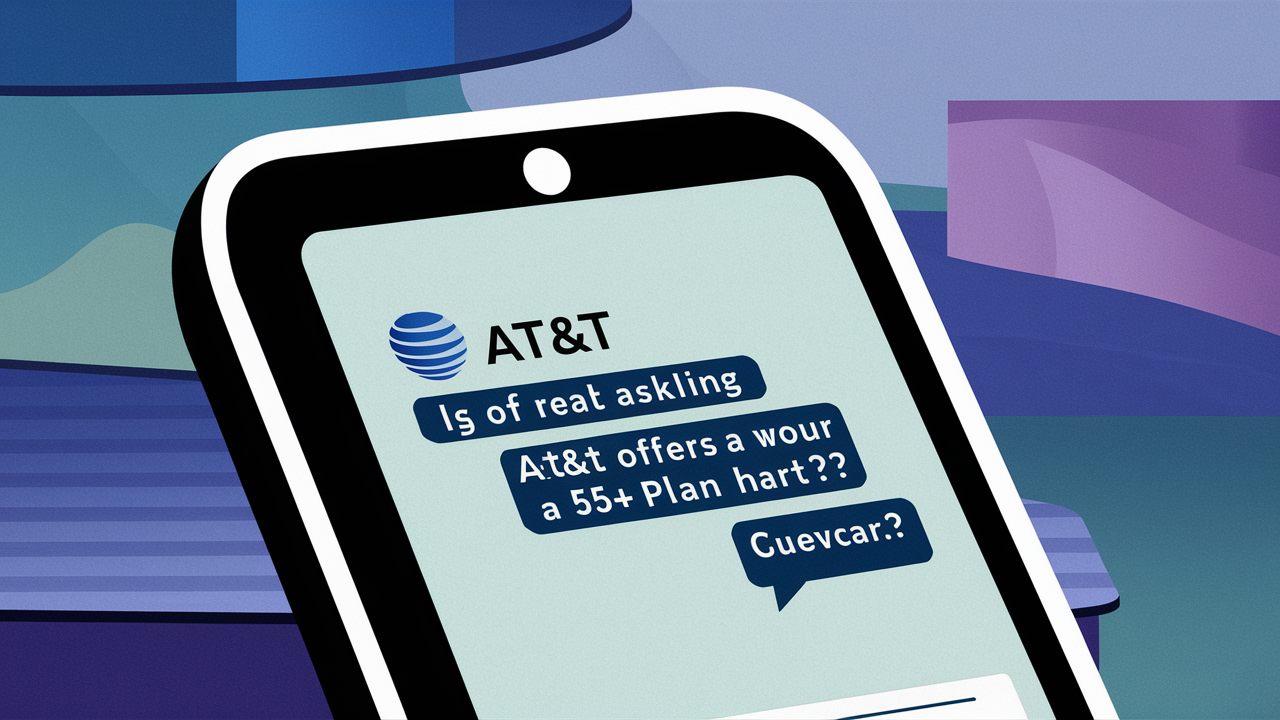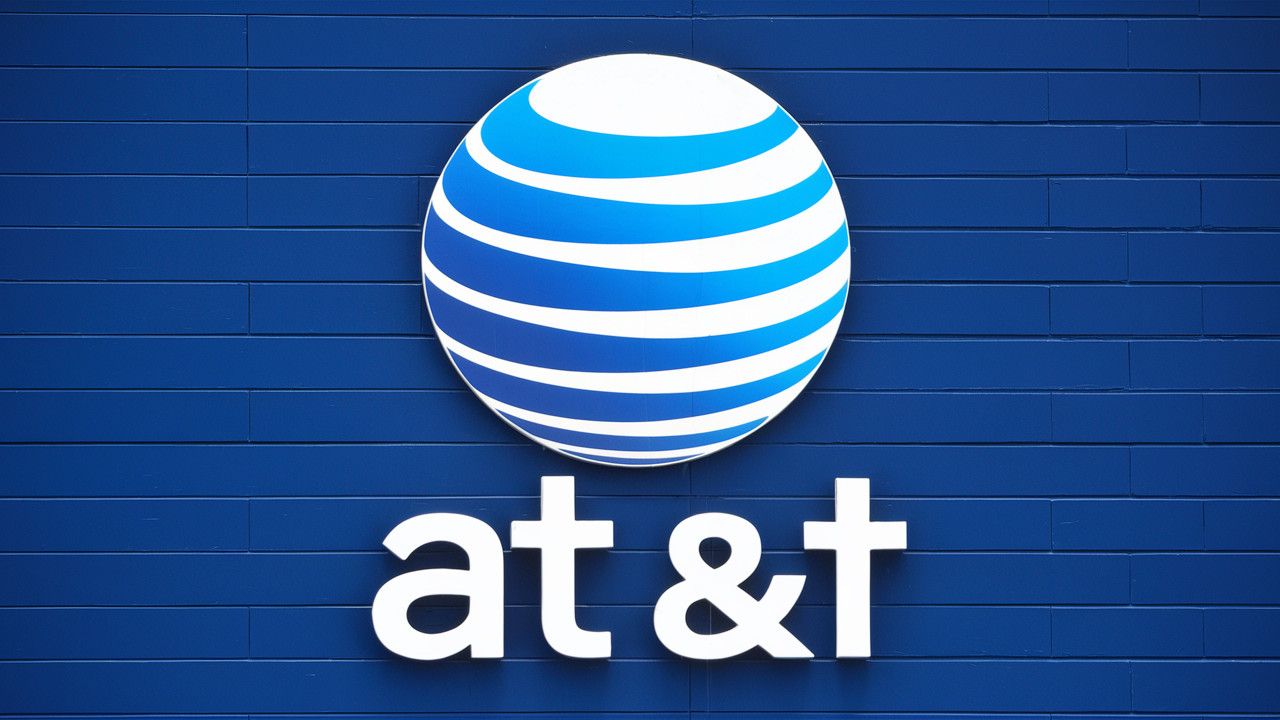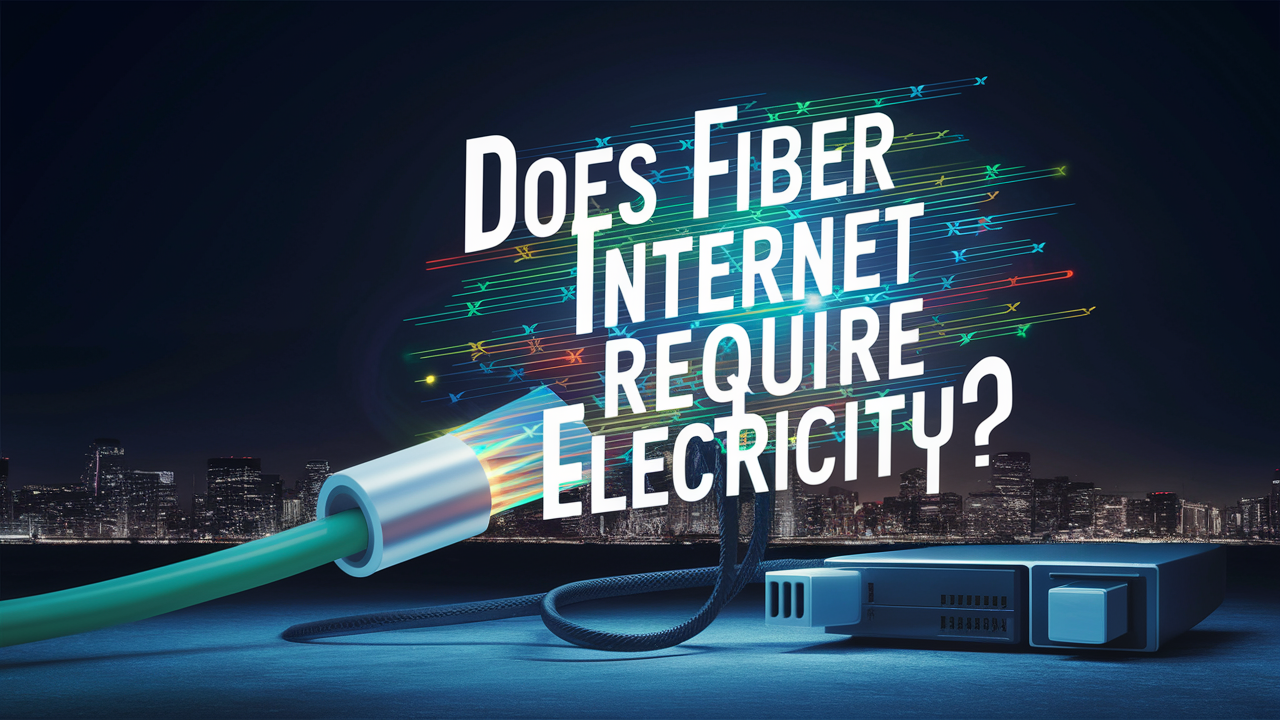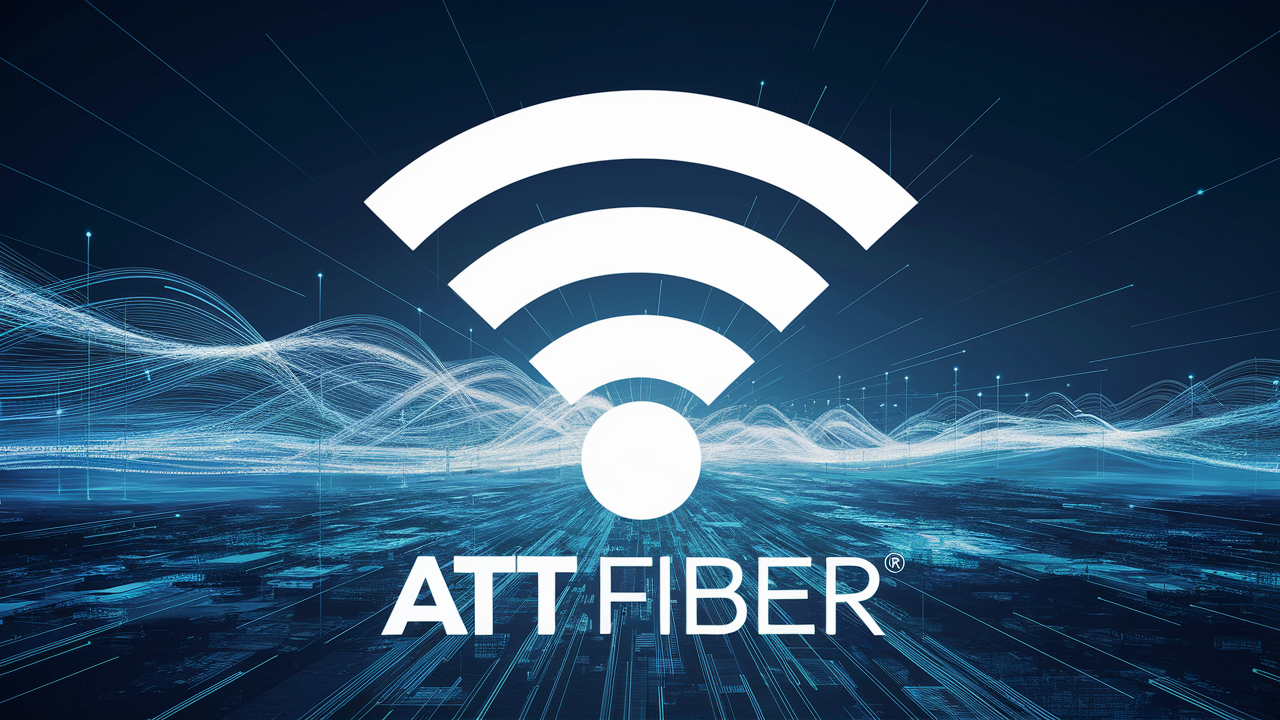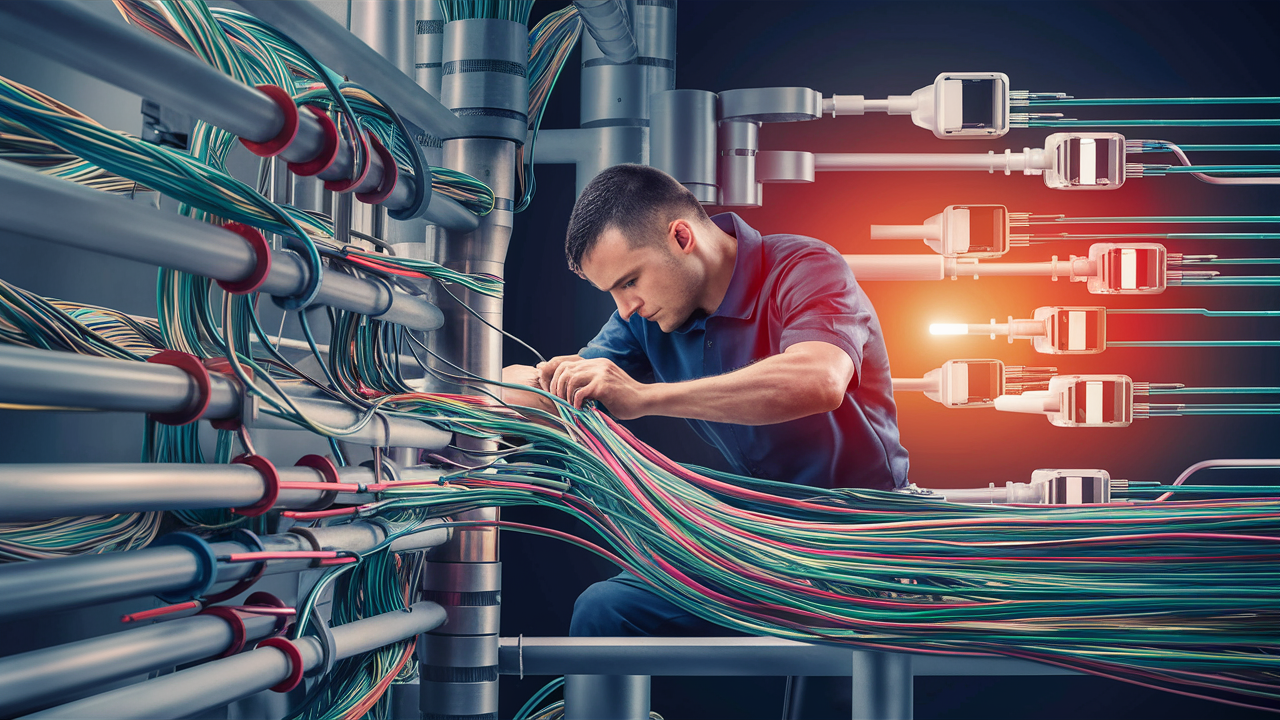
Better speeds and reliability are giving more and more reason to make people shift to the fiber optics Internet service Provider. However, before you can fully make the transition, you might be interested in knowing – how long does it take to install fiber internet? The total time which will be spent on installation can take as little as a few hours to as much as few weeks depending on various circumstances.
Pre-Installation Phase
Before the actual fiber optic cable can be run to your home, there are some preliminary tasks that have to happen first by the internet service provider.
- Site Survey – It involves a technical team physically coming to your house to determine where it would be most suitable to have the fibre optic cable gain access into your house, where the ONT which translates the light signals to electrical signals will be placed, and the most appropriate manner of having the cable from the street right into your house. This site survey is important for developing an installation plan as well as for identifying costs and the time required.
- Regulations – Most regions have set some standard rules regarding the installation of fiber optic cable lines underground or on some telephone poles. This will be done by contacting the local authorities then procuring the necessary permits for installation. This process usually takes between two to four weeks depending with the kind of analysis used.
Actual Installation Phases
After that comes further work of installation work, after the pre-installation work has been completed. This happens in phases:
Phase 1 - Cable Laying This phase aims to establish an efficient and effective fibre optic cable network throughout the country.
This includes placing fiber optic cable from the ISP network either through the ground work or through aerial wires to a point near the neighborhood. If fibre infrastructure is already present within close proximity to your home, then this may not be required. It can only take 4-12 weeks to install new fiber lines more than in the case of other cables due to such factors as delays in getting access to the space required to lay the cables, crossing the roads, pavements and other hard surfaces.
Phase 2 - Distribution
This phase involves laying down the main fiber line right up to a distribution point that services your locality. The distribution point could be an above ground box within your neighborhood or an underground pit, from which the fiber cable branching off further into smaller streets. The setting up of distribution may take time ranging from 1 to 3 weeks at most.
Home Drop: This is the final phase of the project spread or implementation phase, where the products or services are distributed to the homes of the targeted consumers.
This is the stage whereby fiber cables are laid from the distribution point just outside your compound right into your house. It involves:
- Installing fiber-optic cable from the street to a house – either above the ground by attaching it to other existing cables or below the ground. There is a small trench that is made with conduit installed for the protection of the buried cable. This usually takes 1-3 days, depending on the volatility of the financial markets at large.
- Doing bore hole which will involve creating an opening through the wall of the house to host the fiber cable. To avoid disturbing the premises’ aesthetic and functionality, installers do not intrude as much as possible.
- Connecting the ONT and earth and final connecting the ONT. The ONT is responsible for the fiber-Ethernet connector needed for home internet connectivity.
- Fiber connectivity to connect to ONT or make connections by running fiber to the WiFi router or other device.
The installation should be done in the client’s home, and may take 3-5 hours depending on the complexity of access to the utility lines, need for advanced cabling, etc If the broadband hardware has been installed, the AT&T Customer Service remains inactive until the ISP ‘switches on’ from their network operations center.
Factors Affecting Installation Time
As evident above, fiber internet installation can range from a few hours to 8-12 weeks based on these key factors
- - Current network of fiber lines- It is faster if the network of fiber lines is already nearby. Laying new ones requires more time as compared to the above two types.
- Permitting – This can turn into a bit of a nightmare for new cabling particularly underground cables.
- Type of construction – The buildings and the laying of landscape make aerial and underground digging more challenging.
- Authorization problems – Fencing off the utility poles or public right of way means a delay
- Location/terrain factors – it is time-consuming on rocky earth especially in rural areas as it requires handling equipment.
- Availability of crews and other resources – there may be some limitations for installation of ISP teams and this may cause scheduling problems in some geographical areas.
- Weather conditions – This is in relation to either rainfall or extreme heat, which are not conducive for outside cabling work.
- COVID-19 complications - Changes to site access and measures introduced for safe distancing in 2020-21 disrupted timetables
- Installation Schedule
Based on the above considerations, a typical fiber internet installation goes as follows
- Week 1 – Site survey and assessment, site development strategies
- The second, third, and fourth week of construction is called the permitting period.
- Week 5 and 12 – Main cable laying
- Weeks 13-15 – Implementation of the distribution infrastructure
- Week 16 – Home cable drop and in home wiring
If there is existing cabling close to your home fiber internet or aerial drop your home fiber Internet can go live within a day or two after signing with the provider. As for the opposite extreme, an underground connection in a new brand location in a rural region that experiences winter storms can take up to 4 months. Always inform your ISP about any specific circumstances that can be found at the site to receive a clearer and more accurate quotation.
The Takeaway
Fiber internet is an advance kind of internet connection that provides speed of up to 1Gbps, which is even faster than the basic cable and 100 times faster than DSL. Further, as more consumer devices get integrated into the smart home concept and as data demands increase for streaming services, fiber becomes essential. Although the process of installation may look lengthy, it is worth waiting for next generation internet facilities for quite possibly as long as decades because of the futuristic layout of the network. Consult with fiber internet service providers in your locality to compare and consider options and timeframes when considering the transition to using the internet of tomorrow.
Call (844) 905-5001 to get a new AT&T connection now!
Read More:
What is the maximum distance for fiber internet?
Does AT&T Fiber have a contract?
Does AT&T fiber come with a modem?
Can I install ATT fiber myself?
